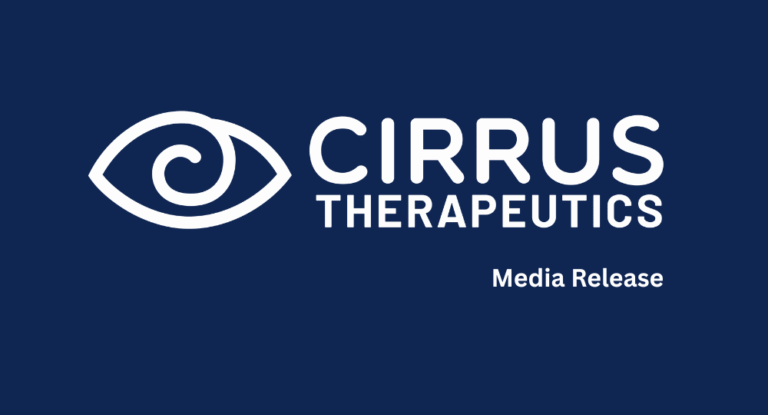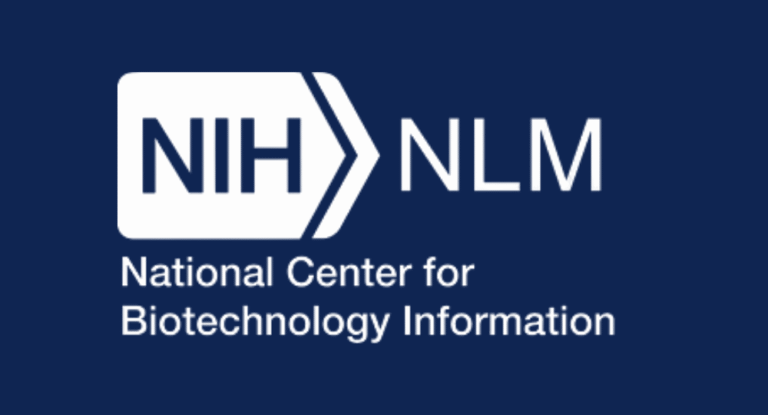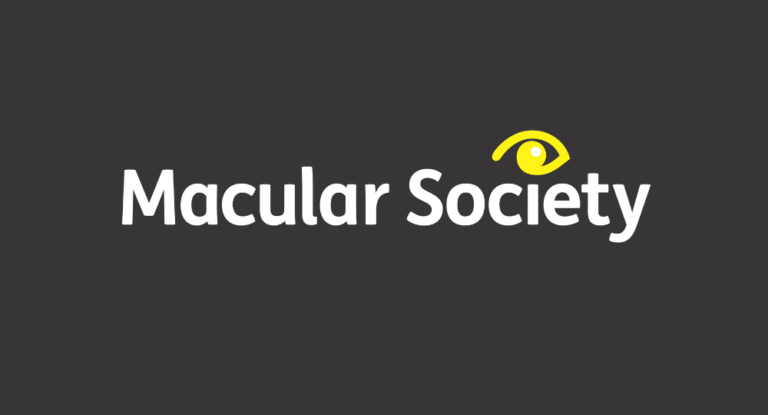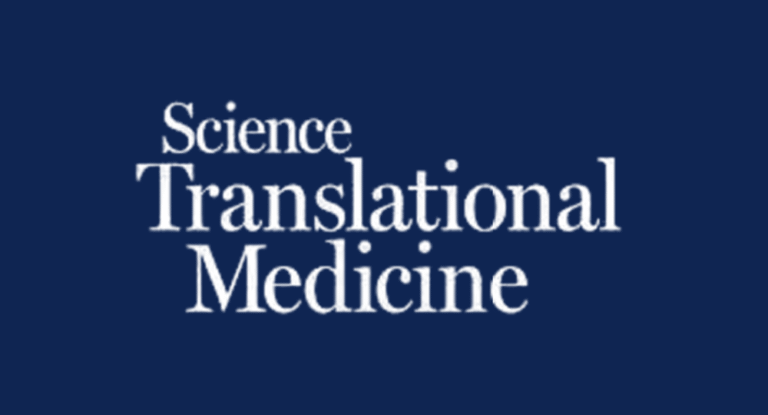Preserving Sight.
Restoring Vision.
A New Era in Ocular Immunology
Cirrus Therapeutics is revolutionizing the treatment of age-related macular degeneration (AMD) with groundbreaking therapies that restore what aging takes away from our vision.
While traditional treatments chase symptoms and target single pathophysiological pathways, our pioneering research rejuvenates the eye’s defenses across multiple pathways, offering a preventative and restorative therapy with the potential to dramatically slow or even halt disease progression and reverse early signs of vision loss.
Our innovative breakthroughs could transform the lives of millions, preserving sight, extending ocular healthspan, and redefining what it means to age with clarity and dignity.
Understanding Dry AMD: The Leading Cause of Vision Loss for People Over Age 50.
Age-related macular degeneration, or AMD, is a progressive eye disease that destroys the macula, the central part of the retina responsible for sharp, detailed vision.
In its “dry” form, which affects 85-90% ¹ of AMD patients, toxic deposits called drusen accumulate beneath the retina while cells critical for vision slowly die off.
What begins as poor low-light vision and slight blurriness gradually expands into growing blind spots at the center of vision, making it impossible to read, drive, recognize faces, or perform the daily tasks that define independent living. Unlike losing peripheral vision, dry AMD steals the precise central sight we depend on.
The human toll is staggering: dry AMD affects over 200 million people ² worldwide, with that number expected to surge to 288 million by 2040 ³ as populations age. AMD patients experience depression rates 25% higher ⁴ than their peers and face a significantly increased risk of developing dementia, a devastating cascade where vision loss accelerates cognitive decline. For millions of families, watching a loved one’s world literally shrink to peripheral shadows represents one of aging’s cruelest realities: the gradual theft of connection, independence, and joy.
Age-related macular degeneration, or AMD, is a progressive eye disease that destroys the macula, the central part of the retina responsible for sharp, detailed vision.
In its “dry” form, which affects 85-90% ¹ of AMD patients, toxic deposits called drusen accumulate beneath the retina while cells critical for vision slowly die off.
What begins as poor low-light vision and slight blurriness gradually expands into growing blind spots at the center of vision, making it impossible to read, drive, recognize faces, or perform the daily tasks that define independent living. Unlike losing peripheral vision, dry AMD steals the precise central sight we depend on.
The human toll is staggering: dry AMD affects over 200 million people ² worldwide, with that number expected to surge to 288 million by 2040 ³ as populations age. AMD patients experience depression rates 25% higher ⁴ than their peers and face a significantly increased risk of developing dementia, a devastating cascade where vision loss accelerates cognitive decline. For millions of families, watching a loved one’s world literally shrink to peripheral shadows represents one of aging’s cruelest realities: the gradual theft of connection, independence, and joy.
Age-related macular degeneration, or AMD, is a progressive eye disease that destroys the macula, the central part of the retina responsible for sharp, detailed vision.
In its “dry” form, which affects 85-90% ¹ of AMD patients, toxic deposits called drusen accumulate beneath the retina while cells critical for vision slowly die off.
What begins as poor low-light vision and slight blurriness gradually expands into growing blind spots at the center of vision, making it impossible to read, drive, recognize faces, or perform the daily tasks that define independent living. Unlike losing peripheral vision, dry AMD steals the precise central sight we depend on.
The human toll is staggering: dry AMD affects over 200 million people ² worldwide, with that number expected to surge to 288 million by 2040 ³ as populations age. AMD patients experience depression rates 25% higher ⁴ than their peers and face a significantly increased risk of developing dementia, a devastating cascade where vision loss accelerates cognitive decline. For millions of families, watching a loved one’s world literally shrink to peripheral shadows represents one of aging’s cruelest realities: the gradual theft of connection, independence, and joy.
- (1) Prevent Blindness, “A Lifetime of Healthy Vision,” https://preventblindness.org/, accessed September 2025.
- (2/3) Paudel N, Brady L, Stratieva P, et al. “Economic Burden of Late-Stage Age-Related Macular Degeneration in Bulgaria, Germany, and the US,” JAMA Ophthalmology 142, no. 12 (2024): 1123–1130, https://jamanetwork.com/journals/jamaophthalmology/fullarticle/2825172, accessed September 2025.
- (4) “Depression in Age-Related Macular Degeneration,” PubMed Central (U.S. National Library of Medicine), 2008, https://pmc.ncbi.nlm.nih.gov/articles/PMC2792986/, accessed September 2025.
Breaking the Cycle:
The IRAK-M Discovery
While other approaches focus on managing the disease once AMD has developed, Cirrus Therapeutics looked upstream to the source of the disease: aging itself. Our scientists discovered that a single protein, IRAK-M, is a central regulator of the eye’s immune homeostasis. As we age, IRAK-M levels drop, leaving the retina vulnerable across multiple critical pathophysiological pathways, unable to defend itself against the inflammation and metabolic dysfunction that characterizes dry AMD progression.
Rare variants in the gene IRAK3, which encodes IRAK-M, are associated with an increased likelihood of developing AMD, further validating IRAK-M’s central role.
Current single-pathway treatments cannot stop the gradual cellular destruction meaningfully.
Restoring Nature’s Blueprint: Reversing Cellular Aging
Our breakthrough therapy delivers genetic instructions directly into the eye through an adeno-associated viral (AAV) vector, restoring IRAK-M production to youthful levels. This approach rejuvenates the eye’s natural balance, reducing harmful inflammation, restoring metabolic function, and protecting the cells that are essential for clear vision.
With our therapeutic approach, what was once permanent loss may be reversible: patients with dry AMD may not only dramatically slow or even halt their disease progression but also improve their vision.
Replenishing IRAK-M.
Protecting RPE.
Our Leadership

Board of Directors

Scientific Advisory Board
Our Investors




Our Partners


News and Updates
Cirrus Therapeutics Announces $11 million Seed Round to Advance Novel Ocular Gene Therapy Designed to Potentially Reverse Crucial Underlying Cause of Dry AMD
Cirrus Therapeutics, an ocular immunology-focused biotech, announced today the close of an $11 million seed financing to advance its pipeline of gene and cell therapies aimed at improving quality of life and extending the ocular healthspan of patients with chronic…
Exclusive: Gene therapy startup launches with $11M to tackle aging disease of the eye
Cirrus Therapeutics has raised an $11 million seed round toward its bet that altering the immune function of the eye using gene therapy can slow or potentially stop aging-related conditions that rob people of their sight.
Uveitis in Adults: A Review
Uveitis is characterized by inflammation of the uvea and primarily affects adults aged 20 to 50 years. For noninfectious anterior uveitis, corticosteroid eyedrops are first-line treatment. For posterior noninfectious uveitis, disease-modifying antirheumatic drugs are first-line therapy; biologics su …
CEO Dr. Kai Chan Presents at Investing in Cures Summit 2025
The Foundation Fighting Blindness and the Retinal Degeneration Fund (RD Fund) hosted their annual Investing in Cures Summit (ICS) on March 21 and 22, 2025 in Tampa to highlight the strong progress in development of treatments and cures for the…
Treating age-related macular degeneration with Drs. Kai Chan and Andrew Dick (Cirrus Therapeutics)
The "Aging Well Podcast" is about, well...aging. It's for people of all ages who are interested in aging successfully. The topics include the Spiritual, Physical, Intellectual, Emotional, and Social dimensions of wellness as they relate to living as well and…
Cambridge startup aims at age-related eye disease with gene therapy
A Cambridge-based therapeutics company is working on a gene therapy aimed at a key protein in the eye that it says will help older adults against macular degeneration
Researchers unveil pioneering approach to combat age-related vision loss
June 5, 2024 (Cambridge, MA) – Cirrus Therapeutics, the University of Bristol, and London’s Global University Institute of Ophthalmology have discovered a revolutionary treatment for age-related macular degeneration (AMD), the leading cause of vision loss among older adults. Featured on the…
Researchers unveil pioneering approach to combat age-related vision loss
Working together towards common goals strengthens bonds among community members.
Boosting Key Protein in Eye Cells Shows Promise in preventing AMD
Increasing the levels of a key protein in eye cells may help protect against age-related macular degeneration (AMD), according to new research led by the University of Bristol.
Replenishing IRAK-M expression in retinal pigment epithelium attenuates outer retinal degeneration
Chronic inflammation is a constitutive component of many age-related diseases, including age-related macular degeneration (AMD). Here, we identified interleukin-1 receptor–associated kinase M (IRAK...
Contact Us
We’re advancing breakthrough science to preserve sight for millions. Reach out to explore collaboration,partnership, or to learn more about our work.




















